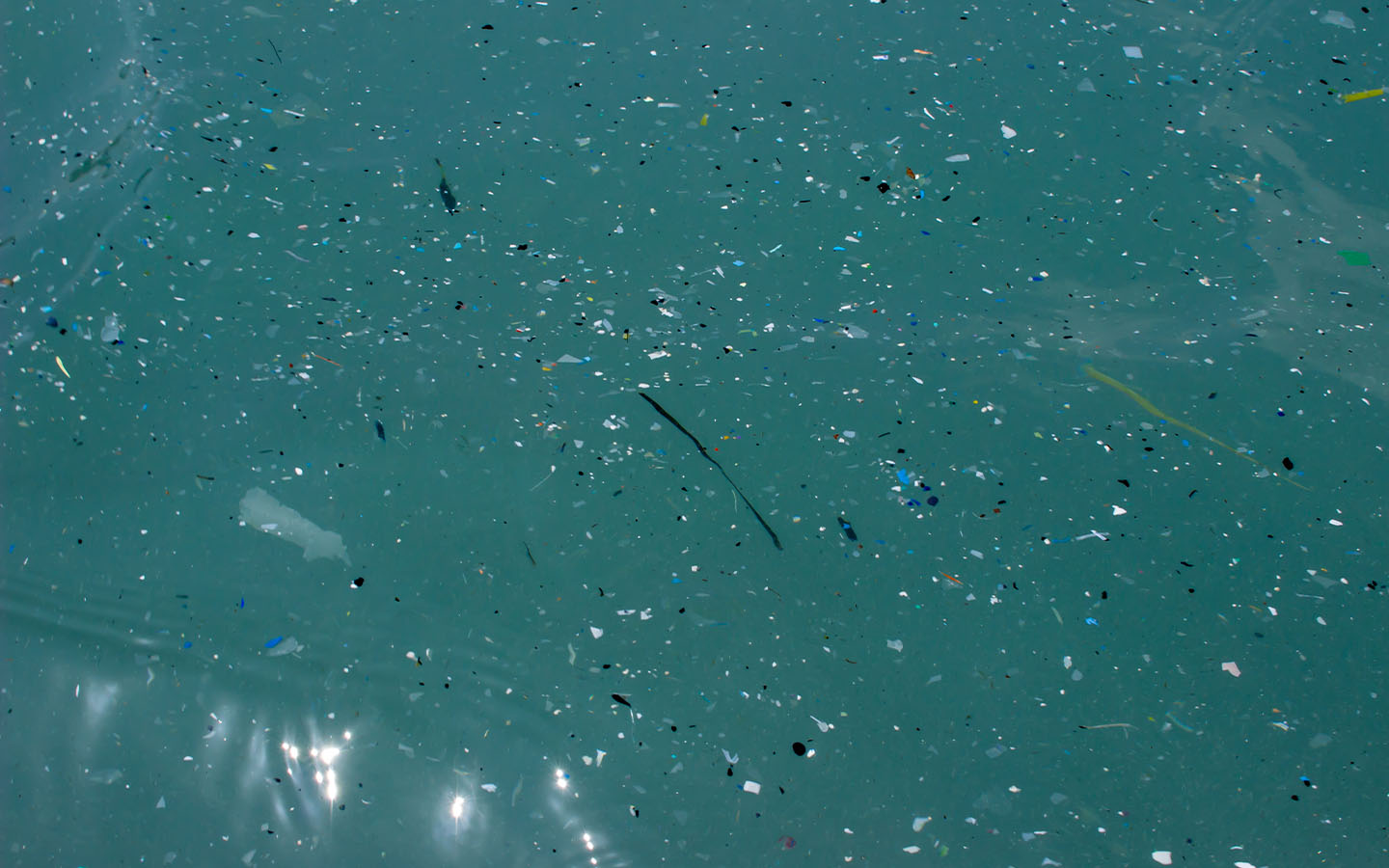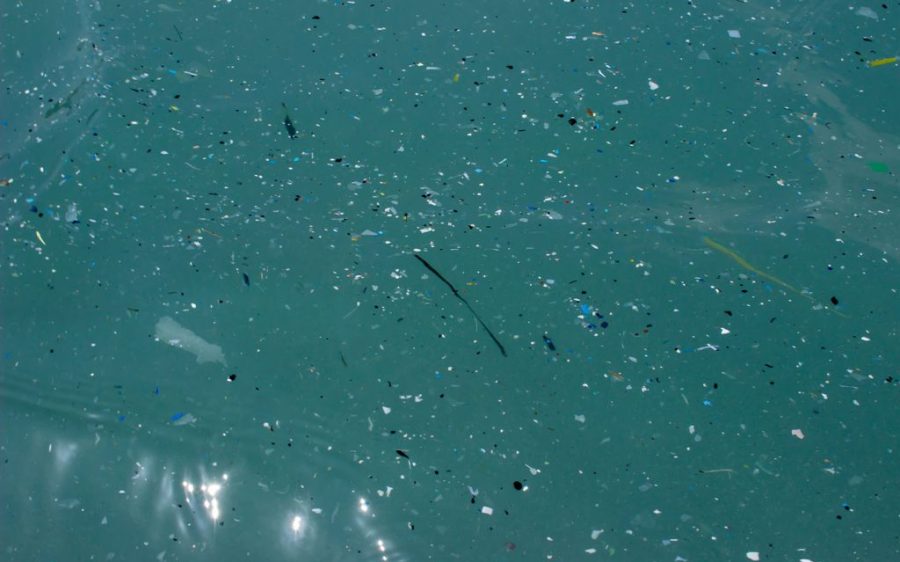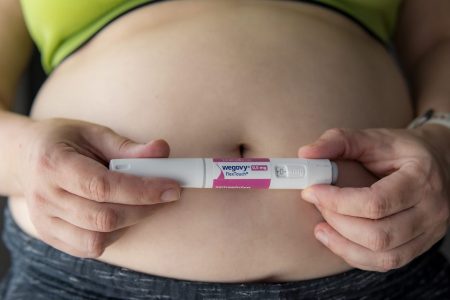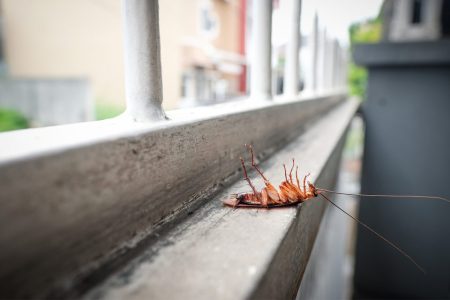A landmark study reveals the North Atlantic Ocean alone contains approximately 27 million tons of nanoplastics – particles smaller than 1 micrometer – underscoring the sheer scale of plastic pollution.
Published in the journal Nature, and cited in SciTechDaily, the study by researchers from the Royal Netherlands Institute for Sea Research (NIOZ) and Utrecht University marks the first quantitative estimate of nanoplastics in the world’s oceans.
“There were a few publications that showed that there were nanoplastics in the ocean water, but until now, no estimate of the amount could ever be made,” Helge Niemann, a researcher at NIOZ and professor of geochemistry at Utrecht University, told the science outlet.
Researcher Sophie ten Hietbrink spent four weeks aboard a research vessel, collecting samples from 12 sites stretching from the Azores to the European continental shelf. These were then filtered to separate out particles larger than one micrometre, which were dried and heated to determine the different types of plastics.
To turn those samples into a credible estimate for the entire North Atlantic, the marine researchers turned to Dusân Materic, an atmospheric scientist from Utrecht University.
[See more: Plastic pollution is causing brain damage in seabird chicks, study finds]
The team estimates that the North Atlantic alone contains around 27 million tons of nanoplastics, making its way to the ocean through a variety of pathways, from larger ocean plastic fragments breaking down in sunlight to traveling to the oceans along river systems. There is even evidence that suggests nanoplastics are transported through the atmosphere, falling with rain or settling directly onto the water.
Such concentration of nanoplastics could have far-reaching effects. “It is already known that nanoplastics can penetrate deep into our bodies. They are even found in brain tissue,” Niemann explained. “Now that we know they are so ubiquitous in the oceans, it’s also obvious that they penetrate the entire ecosystem: from bacteria and other microorganisms to fish and top predators like humans. How that pollution affects the ecosystem needs further investigation.”
Other questions raised by the research centre on the common plastics – polyethylene and polypropylene – curiously absent from their samples, and how severe nanoplastics contamination is in other oceans.
Niemann won a 3.5-million-euro (US$4.11 million) grant in mid-June that will allow him to expand his investigations into nanoplastics in marine environments and their long-term impacts. While the researcher values answering these questions, he was clear that existing nanoplastics can never be cleaned up. “So, an important message from this research is that we should at least prevent the further pollution of our environment with plastics.”






